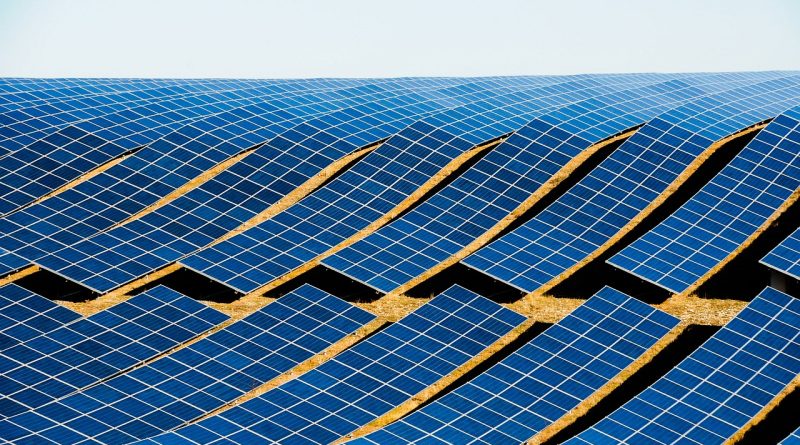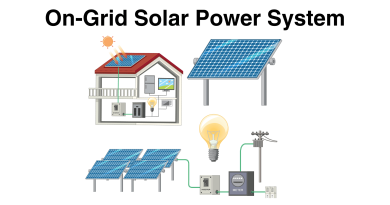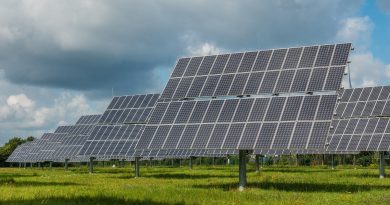Optimize Your Energy with On Grid Solar Power Systems
Solar power is a clean and renewable source of energy that has gained popularity in recent years. As the world moves towards a more sustainable future, on-grid solar power systems have emerged as a reliable and efficient solution. These systems, also known as grid-tied or grid-connected solar power systems, allow users to generate electricity from solar panels and feed it back to the grid. In this blog, we will explore the benefits, components, and workings of on-grid solar power systems.
The Benefits of On-Grid Solar Power Systems
On-grid solar power systems offer several advantages over other types of solar power systems. Firstly, they allow homeowners to reduce their electricity bills significantly. By generating their own electricity through solar panels, users can offset a portion, or even all, of their consumption from the grid. This not only results in cost savings but also provides protection against rising utility prices.
Additionally, on-grid solar power systems promote environmental sustainability. By harnessing sunlight to generate electricity, users contribute to the reduction of greenhouse gas emissions. As solar energy is a renewable resource, it helps combat climate change and reduce dependence on non-renewable fossil fuels.
Another benefit of on-grid solar power systems is the ability to earn money through net metering. Net metering is a billing arrangement in which users receive credits for the excess electricity they generate and feed back to the grid. These credits can then be used to offset future electricity bills, further enhancing the financial benefits of on-grid solar power systems.
The Components of On-Grid Solar Power Systems
On-grid solar power systems consist of several key components that work together to generate electricity. The primary component is the solar panels, also known as photovoltaic (PV) modules. These panels are responsible for converting sunlight into direct current (DC) electricity.
In addition to solar panels, on-grid solar power systems require an inverter. The role of the inverter is to convert the DC electricity produced by solar panels into alternating current (AC) electricity, which is the type of electricity used in households. The inverter also synchronizes the system’s output with the utility grid.
To ensure safe and efficient operation, on-grid solar power systems include a metering system. This system measures the electricity generated by the solar panels and the electricity consumed from the grid. It allows users to monitor their energy production and consumption, aiding in the optimization of solar panel placement and usage.
Lastly, to establish a connection with the grid, on-grid solar power systems require a grid-tie or utility-interactive inverter. This specialized inverter ensures that the generated electricity is compatible with the grid’s voltage and frequency, enabling seamless integration and a two-way flow of electricity.
How On-Grid Solar Power Systems Work
The operation of on-grid solar power systems is relatively straightforward. When sunlight strikes the solar panels, they produce DC electricity. This electricity is then passed through the inverter, which converts it into AC electricity suitable for home consumption.
If the generated electricity exceeds the current demand of the home, the excess energy is fed back to the grid through the grid-tie inverter. This surplus electricity is then utilized by other consumers connected to the grid, while the user receives credits for the energy fed back.
Conversely, when the solar panels do not generate enough electricity to meet the demand, the user consumes electricity from the grid. This two-way flow of electricity allows for a flexible and reliable supply of electrical energy.
Conclusion
Step into a greener future with SolarClue®’s on-grid solar power systems. Seamlessly connected to the utility grid, these systems ensure a continuous power supply, eliminating the need for extensive storage solutions. Discover the advantages of net metering, reduce bills, and contribute to sustainability. Tailored for residential and commercial needs, SolarClue® offers prompt installations, government incentives guidance, and advanced monitoring solutions. Optimize your energy usage and embark on a journey towards a cleaner, more efficient energy landscape. Contact SolarClue® today and unlock the potential of on-grid solar power systems for a brighter, greener tomorrow.
An on-grid system is a solar power setup seamlessly connected to the utility grid, allowing the exchange of electricity between solar panels and the grid.
On-grid systems remain connected to the grid, providing a continuous power supply. Off-grid systems operate independently, relying on energy storage.
On-grid systems ensure a constant power supply, utilizing the grid as a virtual storage facility and eliminating the need for extensive energy storage solutions.
Standard on-grid systems shut down during outages for safety. However, hybrid systems with backup capabilities can provide uninterrupted power.
Net metering allows users to receive credits for surplus electricity sent back to the grid, potentially reducing future utility bills.
Yes, businesses can benefit from on-grid systems by reducing operational costs and contributing to sustainability.
SolarClue® guides users to maximize benefits from available government incentives, enhancing the financial appeal of on-grid systems.
Certainly. SolarClue® offers tailored solutions for residential and commercial spaces, ensuring efficient energy production aligned with diverse requirements.
Installation times vary but are generally efficient. SolarClue® ensures prompt and professional installations for a seamless transition to clean energy.
SolarClue® provides advanced monitoring solutions, empowering users to track and optimize system performance remotely for increased efficiency.




